
Starting July 4th, the Federal Communications Commission (FCC) increased the mandatory number of hours of video description that TV stations and networks have to provide. Previously, the mandatory number of hours per quarter during prime time or children’s programming was 50. Now, in addition to those 50 hours, the networks have to provide 37.5 hours per quarter between 6 a.m. and 11:59 p.m.
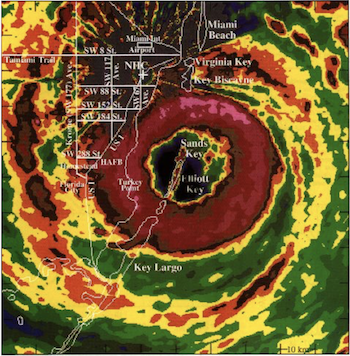
Yesterday, the Media Bureau* at the Federal Communication Commission (FCC) announced that is seeking comments on a joint petition related to accessibility of emergency information requirements. This waiver has been requested jointly by the American Council of the Blind (ACB), the American Foundation for the Blind (AFB), and the National Association of Broadcasters (NAB). Comments bill be received until April 13, 2018.
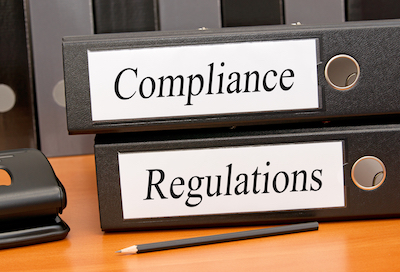
New rules that assign responsibilities regarding the provision and quality of TV closed captioning entered into effect on December 22 of 2017.

On November 20, the American Council of the Blind, Bay State Council of the Blind, and Brian and Kim Charlson, who are both blind, sued the video streaming company Hulu. There are 2 reasons for the lawsuit. First, none of Hulu's video content is offered with audio description, which in turn makes the video content inaccessible to people who are blind or visually impaired. Second, Hulu's website and applications are also not accessible to people who are blind or visually impaired.
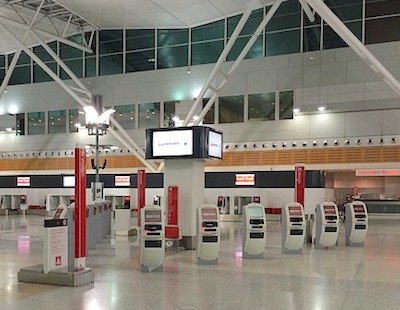
This is good news, 2 airlines will be making accessible, within 2 years, 50% of their automated kiosks at the airports. By law, at least 25% of the automated kiosks installed by airlines after December 12-2016 at U.S. airports have to be accessible* and at least 25% of the automated kiosks in each location at the airport have to be accessible by December 12, 2022.
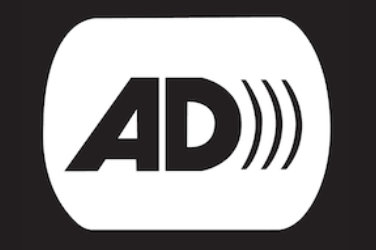
This week, the Federal Communications Commission (FCC) increased the number of hours of required described TV programming. The description allows people with visual limitations improved access to TV programs by providing additional information about the programs with a narration that describes details that can’t be inferred by only listening to the original program.
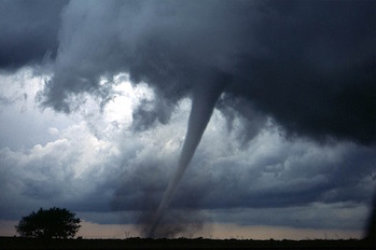
This July 10th is the deadline for the video programming distributors (such as satellite, cable and internet video companies) to comply with the requirement to make accessible audible emergency information to consumers that access the video programming on second screen services (such as smart phones, laptops and tables).
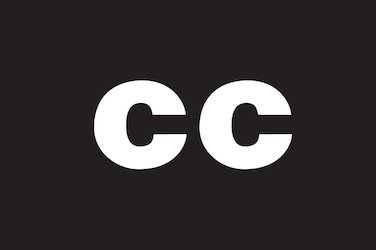
A new captioning deadline is arriving this Saturday. This one covers the captioning of Internet video clips of live and near-live TV programming (such as news or sporting events) where the associated programming has been shown on TV, in the U.S., with captions.

Last week the Supreme Court announced its ruling on the case of Fry v. Napoleon Community Schools, a case that involved allowing a service dog into the classroom.